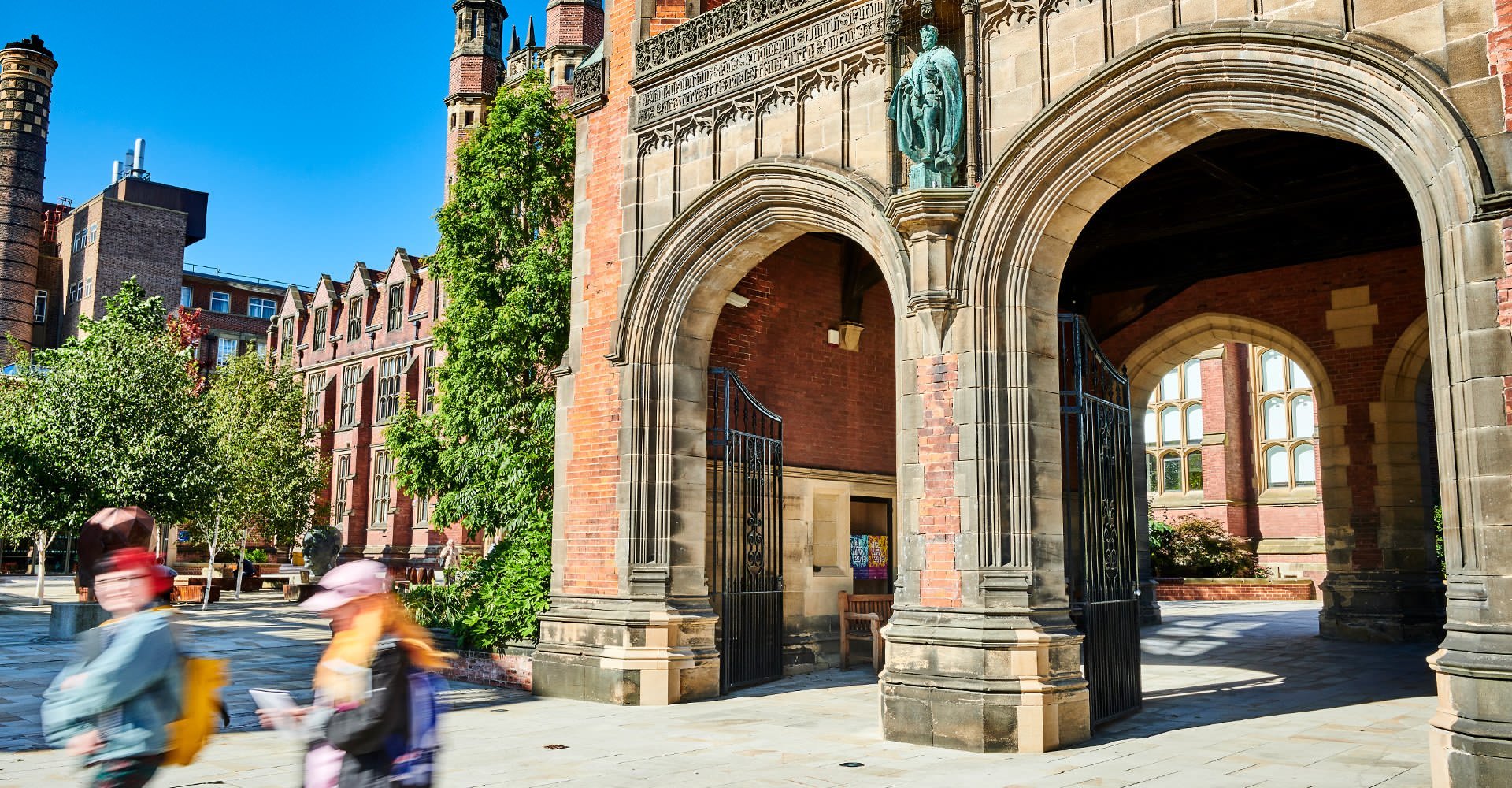MAR2021 : Marine Structures I
- Offered for Year: 2025/26
- Module Leader(s): Dr Yongchang Pu
- Lecturer: Dr Narakorn Srinil
- Teaching Assistant: Mr Majid Rashidi
- Owning School: Engineering
- Teaching Location: Newcastle City Campus
Semesters
Your programme is made up of credits, the total differs on programme to programme.
| Semester 1 Credit Value: | 10 |
| Semester 2 Credit Value: | 10 |
| ECTS Credits: | 10.0 |
| European Credit Transfer System | |
Aims
The marine structures module aims to explain the fundamental naval architecture concepts for the global and local structural response of a ship in ocean waves.
Outline Of Syllabus
The module provides an awareness of structural principles and their application to marine related problems. The syllabus is in three parts:
Global Strength: Learn how a large ship balances in the water and how the weight and buoyancy forces create global bending moment on the hull structure. Link the behaviour of a ship to that of a simple beam. Develop analysis approaches to determine the wave loading and strength of the metallic ship structure.
Local Strength: Learn how to represent the stiffened plates typically found in a steel ship for the purposes of structural analysis and design. Link this to concepts of beam theory, column buckling and truss structures. Develop analysis skills in beam and buckling strength prediction.
Strength of Advanced Materials: Learn about the types of advanced polymer composite materials that can be used in specialist marine craft. Compare and contrast the differences between steel and other materials applied in a marine environment. Develop approaches to select different materials for specific applications. Determine the stiffness and strength of a composite part.
Teaching Methods
Teaching Activities
| Category | Activity | Number | Length | Student Hours | Comment |
|---|---|---|---|---|---|
| Structured Guided Learning | Lecture materials | 44 | 0:30 | 22:00 | Pre-recorded lecture material |
| Guided Independent Study | Assessment preparation and completion | 1 | 38:00 | 38:00 | Examination revision (Semester 2) |
| Guided Independent Study | Assessment preparation and completion | 1 | 2:00 | 2:00 | Examination (Semester 2) |
| Scheduled Learning And Teaching Activities | Practical | 4 | 2:00 | 8:00 | Coursework preparation sessions (Semester 1) in computer cluster. |
| Scheduled Learning And Teaching Activities | Small group teaching | 22 | 1:00 | 22:00 | Guided practice of problem-solving skills. 11 in Semester 1 and 11 in Semester 2 |
| Guided Independent Study | Project work | 1 | 40:00 | 40:00 | Coursework preparation |
| Guided Independent Study | Independent study | 1 | 68:00 | 68:00 | General revision, reading and consolidating of lecture notes. Equivalent to approx. 3 hours per week |
| Total | 200:00 |
Teaching Rationale And Relationship
The use of lectures as the principal teaching method is an effective means to provide students with the acquisition of the knowledge and skills within this module
Practical sessions provide the forum for the knowledge and understanding developed through formal lectures to be integrated into a coursework exercise to load an idealised ship with a specified amount of cargo, evaluate the resulting loads, forces and moments. Suggest midship section scantlings and complete local structural analysis
Assessment Methods
The format of resits will be determined by the Board of Examiners
Exams
| Description | Length | Semester | When Set | Percentage | Comment |
|---|---|---|---|---|---|
| Written Examination | 120 | 2 | A | 50 | Exam [C1, C2, C5, C6, C17] |
Other Assessment
| Description | Semester | When Set | Percentage | Comment |
|---|---|---|---|---|
| Written exercise | 1 | M | 50 | Coursework part 2 -4 taking a maximum of 30 hours [C1,C2,C3,C5,C6] |
Formative Assessments
Formative Assessment is an assessment which develops your skills in being assessed, allows for you to receive feedback, and prepares you for being assessed. However, it does not count to your final mark.
| Description | Semester | When Set | Comment |
|---|---|---|---|
| Written exercise | 1 | M | Coursework Part 1 taking a maximum of 10 hours [C1, C3,] |
Assessment Rationale And Relationship
The written examination will assess the breadth of knowledge, understanding and ability to perform related ship strength calculations. This medium also allows students to demonstrate intended learning outcomes across a wide range of topics from the syllabus (IKO5-IKO10, ISO5-ISO9; C1, C2, C5, C6, C17).
The coursework assesses ability to analyse the global strength of a ship, and provides students with the opportunity to demonstrate written communication, teamwork, planning, organisation, initiative, problem solving and acquisition of learned skills (IKO2-IKO4, ISO2-ISO4; C1, C2, C3, C5, C6).
The formative assessment enables learning and feedback relating to the fundamental equilibrium of a ship that underpins the entire course (IK01, ISO1; C1, C3).
Reading Lists
Timetable
- Timetable Website: www.ncl.ac.uk/timetable/
- MAR2021's Timetable
